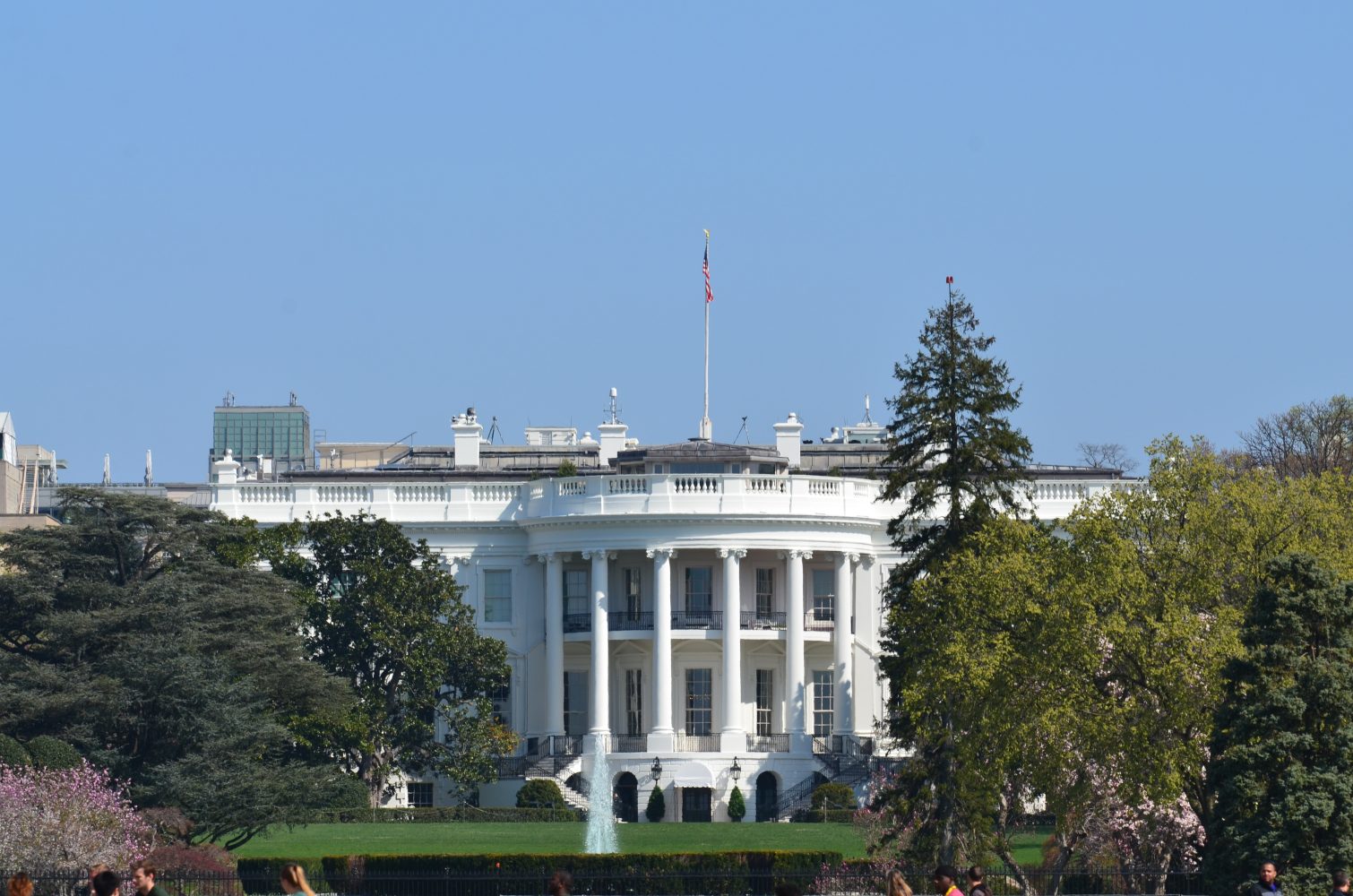
The Biden White House has released a policy report on its priorities for developing new aviation technologies, like electric vertical takeoff and landing planes (eVTOL), autonomous drone services, air taxis, and other forms of advanced air mobility (AAM) to preserve what it says is US leadership in the aeronautical sector, “made possible by American ingenuity and bolstered by the federal government.”
The White House laid out its position on developing aerial activities in the National Aeronautics Science and Technology Priorities paper, which is periodically drawn up by federal aeronautics experts with input from leaders in academia, nonprofit organizations, and commercial sectors. It was released this month by the White House Office of Science and Technology Policy to frame the general objectives in encouraging the integration of AAM craft and services like drones and eVTOL air taxis into the national airspace.
Read: AAM coordination and leadership law signed to orchestrate next-generation air mobility
That push will be tailored to the 2021 Aviation Climate Action Plan, aiming to transition legacy craft from more polluting propulsion systems and fuels to sustainable options. Alongside that, emerging AAM technologies like short hop eVTOL air taxi flights and deployment of drones for a variety of enterprise services and cargo transport will be encouraged and supported as a means of satisfying the expected rise in activities in US skies.
“New aeronautics technologies are providing users of the [national airspace] better connectivity options, with greater speed,” the report says. “Drones offer the ability to perform complex operations faster and more efficiently. Large electric aircraft can move people or cargo around urban environments with greater speed.”
Nurturing that activity and effectively integrating it into the national airspace – according to the paper – will remain focused on priorities of safety, environmental protection, economic competitiveness, innovation, security, workforce, and equity.
Read: Officials echo White House call to broaden US anti-drone powers
Those constant objectives will be integral to pursuing three priority areas the White House has established for the introduction and operation of a wide variety of new aviation technologies and activities:
- Achieving sustainable aviation by reducing and eventually eliminating the climate impact of aeronautics and net-zero emissions by 2050. This includes implementing the U.S. Aviation Climate Action Plan and the Climate Adaptation Plans across the federal government.
- Transforming the national airspace system through the introduction of new aerial vehicles and services in both urban and rural communities, creating new industries and jobs. This includes transitioning from legacy aircraft and integrating modern and emerging technologies, including drones and Advanced Air Mobility planes, into the national airspace system.
- Promoting connectivity and speed by exploring new technologies that will enhance global connectivity at greater speed. That includes continued support for research and development of superior aircraft and technologies – from subsonic through hypersonic craft – that emphasize speed.
The position paper follows earlier AAM proposals by the White House to prepare for and back the already increasing number of drones providing aerial services to businesses, and eVTOL activity is expected to arrive in 2026 with the introduction of air taxi flights.
Photo: Michael Schofield/Unsplash
FTC: We use income earning auto affiliate links. More.



Comments